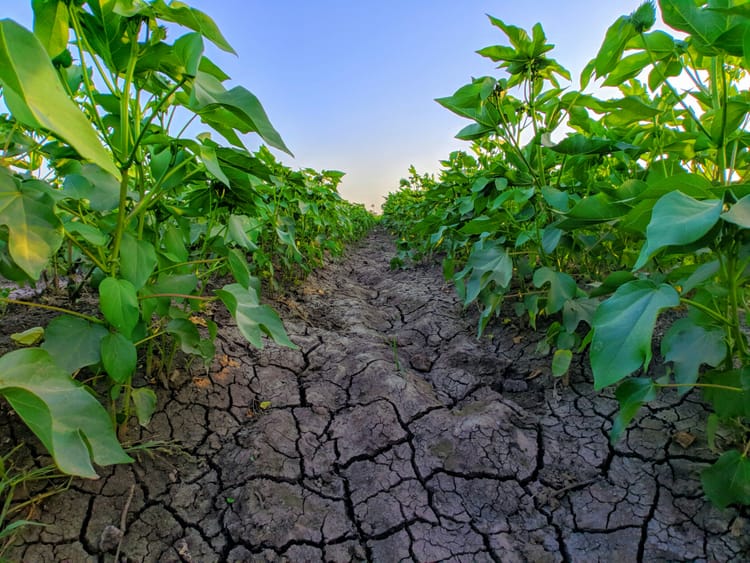Labor dept. proposal seeks to protect workers from extreme heat

American employers may have to protect workers from extreme heat under a new proposal from the U.S. Occupational Safety & Health Administration (OSHA) amid widespread heat advisories across the nation.
Under the proposal, employers would be required to develop an illness and injury prevention plan to better protect workers from heat hazards.
"Workers all over the country are passing out, suffering heat stroke and dying from heat exposure from just doing their jobs, and something must be done to protect them," OSHA Assistant Secretary for Occupational Safety and Health Doug Parker said in a news release.
Requirements, including breaks and a reliable supply of drinking water, would be enforced when the combined temperature and relative humidity hit 80 degrees Fahrenheit. When the heat index hits 90 degrees, employers would also have to provide a minimum 15-minute paid rest break every two hours, as well as implement a system for monitoring their workers for signs of heat-related illnesses.
The move comes amid record-high temperatures across the U.S. Some 146 million Americans – nearly half of the population of the contiguous United States – were under extreme heat alerts on Monday. Dozens of regions in the Pacific Northwest tied or broke previous heat records.
Extreme heat is the leading cause of weather-related death in the U.S., killing more than 200 people last year. The department said the new requirements could protect some 36 million workers nationwide, especially those of color, who are more likely to work in roles that expose them to extreme heat.
2023 was the hottest year on record since global temperatures began being documented in 1850, and experts say climate change is to blame. Heat-related deaths have climbed over the past several years as the world continues to warm. There were an average eof 34 heat-related workplace deaths each year from 1922 to 2022, according to the Bureau of Labor Statistics. But in 2022 alone, there were 43 such fatalities. Of the nearly 1,000 deaths, construction workers accounted for about 34%.
Climate adaptation is a growing concern
Extreme weather events were ranked as the number one risk likely to cause a global crisis in the coming year in the most recent WEF Global Risks Report.
Evidently, extreme weather, including heat, is also bad for the economy. A U.S. government fact sheet said that a record 28 individual billion-dollar extreme weather and climate disasters last year caused more than $90 billion in damage to the economy.
And while climate adaptation and resilience is a growing concern on the agenda, companies still are not doing enough: the latest progress report released by the Task Force on Climate-Related Financial Disclosures revealed that almost none (11%) assess the resilience of their strategies in various climate scenarios.
Private investment in adaptation and resilience is lacking. While 32% (US$15.5 billion) of private finance mobilised through partnerships with multilateral and development banks between 2018 and 2020 targeted climate-related issues, only 4% (US$1.8 billion) was earmarked exclusively for adaptation.
The U.S. Federal Emergency Management Agency is announcing nearly $1 billion in grants for over 650 projects to help communities protect against disasters and weather-related hazards, including extreme heat, storms, and flooding.







Member discussion